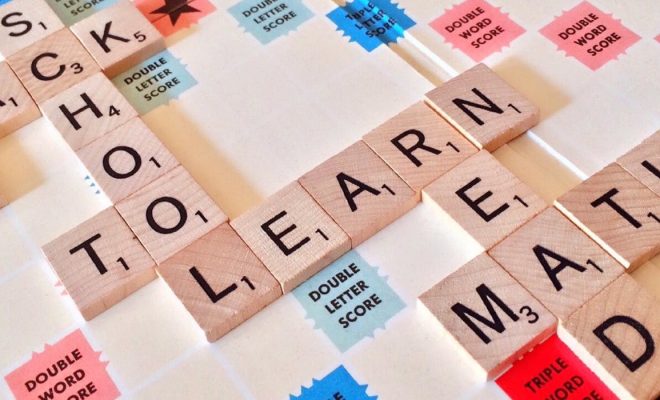What’s All That Noise? It’s My Happy Students!

A social studies teacher shares the lessons she has learned from encouraging active debate in her classroom.
By Barbara Wade
Imagine walking into a classroom. Do you picture students who are noisy and active, walking around and talking to one another? Or are they quiet and focused, with the teacher leading a discussion from the front of the class? More often than not, we would assume that the loud classroom is unorganized and unproductive, and the hushed classroom is where the real learning is happening.
However, a recent study from Science Daily reaffirms the positive educational effects of a loud and busy environment. The research shows that learning and memory benefit from active involvement. This means that adding an active measure to the classroom, such as speaking out loud and with a group of others, can create more of an impact on long-term memory.
Asking the Big Questions
To get the conversation with our students started, Ashburn Community Elementary School conducts an interest survey at the beginning of every year. By asking questions like, “What are your favorite books?” or “What do you want to learn more about this year?” I can begin to set the foundation for what I need to know to help my students grow. If I notice someone has answered a question in Spanish, I can better understand where they are with English and that they are more comfortable speaking and writing in their native language.
For me, the focus for our students should be choice. I believe that, if you allow children to do what they want to do naturally in an organized way, it will work out. And for me, it has. Giving them constructive ideas to discuss and content to engage with through platforms like ThinkCERCA allows me to provide my class with options for learning more about argumentative writing through a personalized learning experience followed by organized, collaborative debate.
In order to open up these conversations, I start by asking a simple question: “What’s on your mind?” Recently, current topics like President Trump’s immigration policy and the #metoo movement have resonated with my 7th– and 8th-grade students. To talk about these issues, I choose an article related to the topic. As a class, we start by reading it and making sure we understand it. Then we break up into five or six groups to debate the subject. Within these groups, students are organized by standardized assessment scores. They begin the debate by discussing different viewpoints of the topic, listening to each other, and providing feedback, all while extending their learning.
On average, research illustrates that students in a class without discussion only achieved average gains of 25% from their pre-to post-test scores. Once teachers paused their lectures and took time for students to collaborate in small groups, they saw average gains of 48%. This approach has set the foundation for creating a “Happy, Noisy Classroom,” where students are constantly connecting with one another and even offering to help those who are struggling during class.
By using project-based learning (PBL), we encourage students to be responsible for their own learning. They take ownership at the start of a lesson by asking questions like:
- What are the overarching goals of this lesson?
- Why is this lesson important?
- How can I further my learning and achieve my goals during this lesson?
Once we ask these questions, students begin to appreciate the diversity of perspectives. We learn together to approach these sensitive topics in a way that everyone feels heard and appreciated. I work on encouraging them to share their opinions and ideas, even if they don’t align with their classmates’. The debates inspire them to become more respectful of each other’s differences and open their mind to other beliefs. A lot of conversations revolve around what my students struggle with, not only in the classroom, but outside as well.
To keep students on track, I schedule a one-on-one conference every week with the student to discuss their performance and any questions that may have come up. Not everyone feels comfortable raising a hand in class or even asking about certain topics in a group. This one-on-one time allows us to have an open discussion about what they have learned and how they’ve approached the topics in class.
Preparing for the World Outside the Classroom
Understanding the material we provide as teachers takes time and effort. By making sure my students are engaged and interested, I can better align their interests to emphasize the importance of thinking about the world outside the classroom. My role as a teacher and facilitator of learning is to expand on questions through debate by challenging each of my students and ultimately providing them with a glimpse of how the news has a greater impact on us than we may realize. When educators and parents become involved in training the next generation for what’s ahead, they have a powerful impact on preparing students for adulthood. This continues to drive the happy, noisy conversations in my classroom every day!
While we shouldn’t completely dismiss the model of a quiet and focused classroom, we certainly do need to weigh the benefits of promoting noise and energy to create a happy and engaging learning environment for our students.
Barbara Wade is a social studies teacher at Ashburn Community Elementary School. Follow her on Twitter @Barbara85674635.






